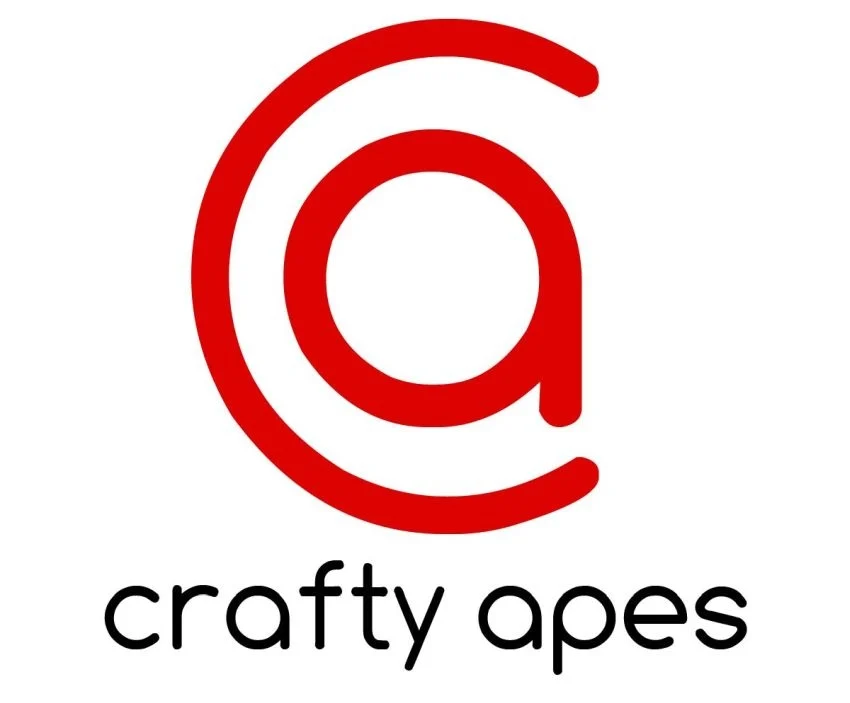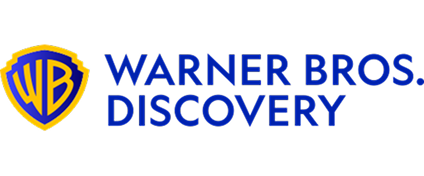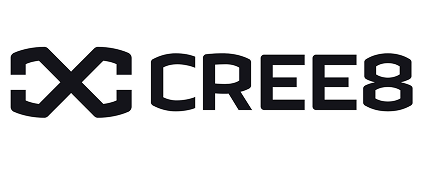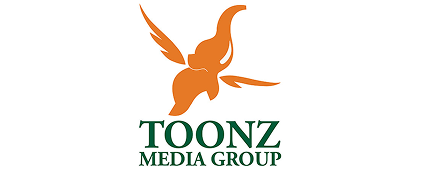Vetting Video Production Companies: A Strategic Guide for Executives

Introduction
In my analysis of the global media and entertainment supply chain, one of the most critical and high-stakes decisions an executive can make is selecting a production partner. The right video production company is not merely a service provider; it is an extension of your creative and strategic vision.
However, the market is highly fragmented, with thousands of companies vying for attention, each with a different specialization, track record, and financial profile. Relying on fragmented information, personal recommendations, or outdated directories introduces significant risk—from budget overruns to creative misalignment and reputational damage.
This guide outlines a data-driven framework for vetting production companies, transforming the process from an art based on instinct into a disciplined, strategic science. What this data tells us is that a structured approach is essential for de-risking your investment and securing a successful collaboration.
Table of content
- Introduction
- Key-Takeaways
- The Challenge of Market Fragmentation
- A Data-Driven Framework for Vetting
- Step 1: Defining Your Project & Partner Profile
- Step 2: Technical and Creative Due Diligence
- Step 3: Verifying Track Record and Business Health
- The Role of Data in De-Risking Partnerships
- How Vitrina Helps Streamline Partner Vetting
- Conclusion
- FAQs
Key Takeaways
| Topic | Description |
|---|---|
| Understanding Business Fit | Evaluate whether the production company aligns with your brand’s creative direction, target audience, and business objectives. |
| Assessing Technical Capabilities | Assess production capabilities—equipment, crew, post setups—to ensure scalability and consistency across projects. |
| Checking Experience and Specializations | Identify domain-specific experience and evaluate success in similar genres, markets, or formats. |
| Validating Market Reputation | Use third-party sources to assess credibility through past clients, repeat business, awards, or selections. |
| Understanding Cross-Border Readiness | Vet experience in international productions including language adaptation, compliance, and regional partnerships. |
| Evaluating Financial and Operational Stability | Review financials, team maturity, and operational structure—especially for long-term, high-value engagements. |
| Leadership, Crew-Head and Decision-Maker Profiles | Profile key creative and executive leads whose vision and reliability shape project execution. |
| Mapping Active Projects and Partnerships | Analyze their ongoing projects and strategic partnerships as a signal of credibility and positioning. |
| Regulatory, Insurance and Legal Readiness | Ensure clarity on IP rights, legal compliance, insurance coverage, and data security protocols. |
| Outreach Intelligence | Map team structures and identify the right moment, channel, and person for high-impact outreach. |
The Challenge of Market Fragmentation
The global landscape of video production companies is vast and highly fragmented, presenting a significant challenge for executives seeking a new partner. There are thousands of firms, from boutique creative agencies specializing in commercials to large-scale production houses equipped for feature films and television series. According to a 2024 report by Variety Intelligence Platform, the independent film and television production market alone is a multi-billion dollar sector with new entrants appearing regularly.
This proliferation creates a paradox of choice, where a lack of centralized, verified data makes it difficult to distinguish reputable, well-suited partners from those who may not have the capacity or experience to deliver.
This market structure forces many executives to rely on inefficient, manual methods of discovery. The process typically involves consulting a small network of trusted contacts, reviewing outdated online directories, and wading through promotional materials.
This approach is not scalable, often leads to missed opportunities, and can expose a project to unnecessary financial or creative risk. It is a fundamental operational friction that my analysis has identified across the industry. The high cost of manual research and the potential for a misaligned partnership underscore the need for a more efficient, data-driven approach to partner selection.
Explore a Data-Driven Vetting Framework

A Data-Driven Framework for Vetting
In my experience, the most successful executives implement a disciplined, three-step framework for vetting production companies. This approach moves beyond subjective evaluations and focuses on objective data points to inform a strategic decision. By following this methodology, you can systematically narrow a broad field of candidates to a shortlist of pre-qualified partners who align with your project’s specific needs and your company’s strategic goals. The framework requires a commitment to sourcing verifiable information rather than relying on claims made in a pitch deck.
Step 1: Defining Your Project & Partner Profile
Before you begin the search, you must have a clear internal definition of what you need. This is a foundational step that many teams skip, leading to wasted time. Beyond the genre and format (e.g., documentary, scripted series), a comprehensive project profile includes the target budget range, timeline, key creative requirements, and necessary technical capabilities. A strong partner profile goes a step further, defining the ideal company size, their historical project scale, and the specific markets they operate in. According to a report from The Hollywood Reporter, mismatched expectations are a leading cause of project failure.
Step 2: Technical and Creative Due Diligence
Once you have a list of potential candidates, the next step is a deep dive into their creative portfolio and technical capacity. This involves more than simply viewing a reel. It requires verifying their credits on specific projects, assessing the quality of their work on similar genres and scales, and confirming their technical infrastructure. For instance, if your project requires a specific VFX pipeline or is shot in a particular format, you must verify that the company has the necessary in-house expertise and equipment. Forcing a partnership with a company that lacks the required technical foundation can result in significant delays and increased costs. A thorough creative review also involves assessing their historical collaboration patterns and the quality of the final output, which is a key indicator of their reliability.
Get Verified Data on Any Production Company

Step 3: Verifying Track Record and Business Health
The final and most critical step is to conduct business-level due diligence. This goes beyond the creative product to the operational integrity of the firm. It is here that you must verify their production track record, financial stability, and collaborative history.
The key questions to ask are:
Do they consistently complete projects on time?
What is their reputation with past collaborators?
Is their business financially sound enough to see a long-term project through to completion?
Answering these questions requires access to verified B2B data—not just a list of names. Without this information, you are exposing your project to risks that could have been identified early in the process. It is this final layer of scrutiny that differentiates a successful partnership from one fraught with complications.
The Role of Data in De-Risking Partnerships
What this framework makes clear is that data is the core enabler of an effective vetting process. In my analysis of over 2,200 financing firms and their investment strategies, the most successful firms are those that have moved away from outdated scouting practices toward a data-centric methodology.
The challenge for most is that this data is scattered across thousands of websites, government databases, and trade publications. Manually aggregating and verifying this information is resource-intensive and often impractical. This is where a centralized data platform becomes essential.
A B2B platform that tracks the global media supply chain provides the necessary clarity. It allows an executive to search for companies by genre, project history, key personnel, location, and technical specialization. This eliminates the need for endless manual searches and provides a single source of truth for due diligence. The goal is to move beyond the subjective to the objective, using verified data to inform a decision that impacts the financial and creative health of your entire slate.
The ability to verify a company’s past projects, their key creative personnel, and their historical collaborations is the cornerstone of a confident, strategic partnership. This capability is not just a convenience; it is a necessity in today’s complex media landscape.
Discover the Power of a Data-Driven Approach

How Vitrina Helps Streamline Partner Vetting
Vitrina is a B2B platform and not a tool for general consumers. Its purpose is to assist media and entertainment professionals in making strategic business decisions. It does not provide consumer-facing information, such as viewer ratings, box office trends, or social media sentiment. It is a professional tool for professional use.
Vitrina addresses the core pain points of finding and vetting video production companies by serving as a single, verified source of truth for the entertainment supply chain. Unlike a simple search engine, Vitrina tracks companies based on their verified project histories.
The platform provides a comprehensive profile for over 65,000 companies, including their key personnel, location, and a detailed list of their completed projects and co-collaborators. For instance, a user can search for a company by the genre of its past work, the format of its projects (e.g., scripted series, documentary), and the specific markets it operates in.
This level of granularity is essential for creating a highly targeted and relevant shortlist of potential partners. Vitrina also tracks projects from development through to release, providing an early warning system for upcoming content that may require your services or partnership. By consolidating this fragmented data, Vitrina transforms the manual, time-consuming process of partner discovery and vetting into an efficient, strategic workflow.
Find Your Ideal Production Partner

Conclusion
The days of relying on intuition and limited networks for partner selection are over. The sheer volume and complexity of the global media market demand a more sophisticated approach. By adopting a data-driven framework for vetting video production companies, you move from a reactive position to a proactive one. You can identify potential partners based on a proven track record, creative alignment, and business viability.
What this analysis tells us is that this is not just an operational improvement; it is a strategic advantage. It allows you to de-risk your projects, optimize your resources, and secure collaborations that are built on a foundation of verified data. The right partnership can define a project’s success and unlock future opportunities, ensuring your content pipeline remains robust and globally competitive for years to come.
Frequently Asked Questions
A good production company is one that demonstrates a strong creative portfolio, a consistent track record of completing projects on time and on budget, and a business model that is financially stable. They should align with your specific creative and technical needs.
To find a production company, you can use specialized B2B platforms like Vitrina, which allow you to search based on criteria such as genre, project history, location, and key personnel. This provides a more efficient and verified method than manual searching.
The key risks include creative misalignment, budget overruns, legal disputes, project delays, and potential damage to your company’s reputation. Proper due diligence is essential to mitigate these risks.
Vitrina tracks a wide range of projects, including feature films, TV series, and documentaries globally. It covers every stage from development and production through post-production and final release, providing detailed metadata for each project.

















































